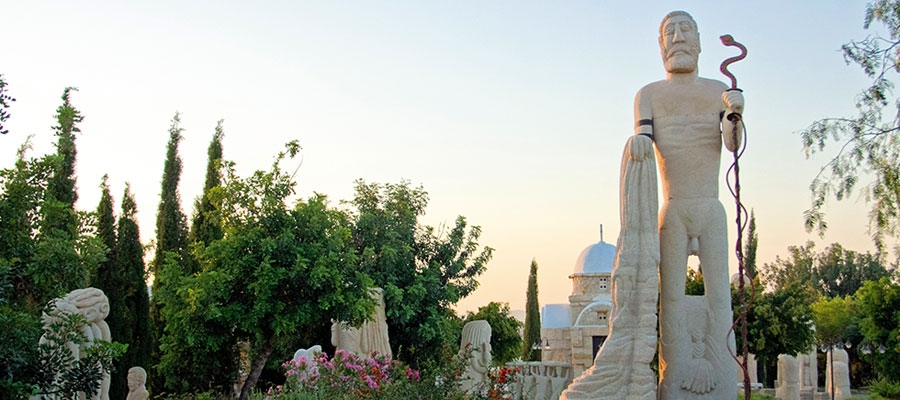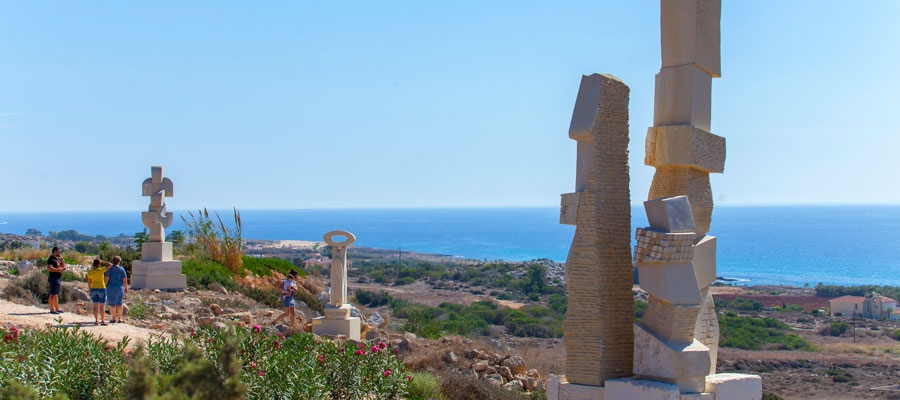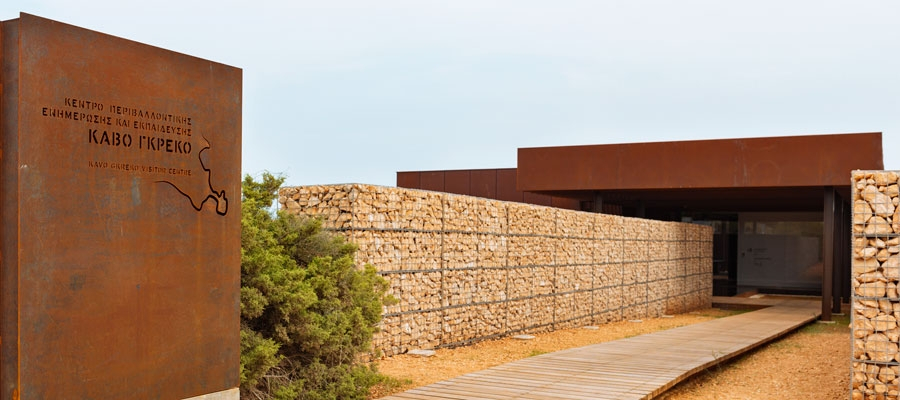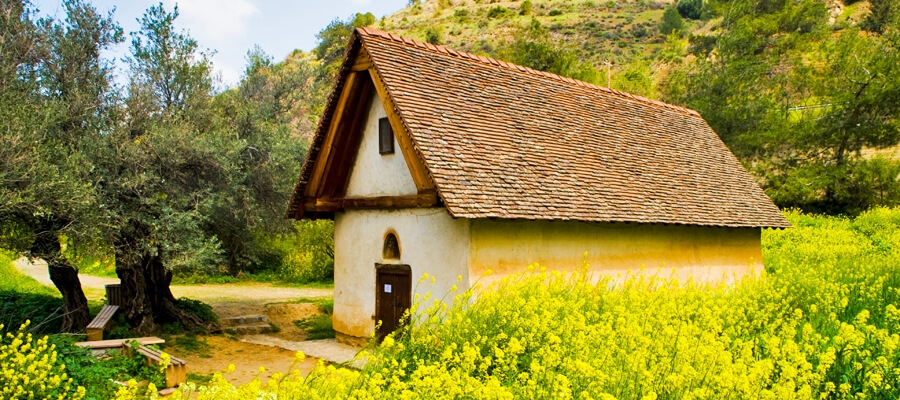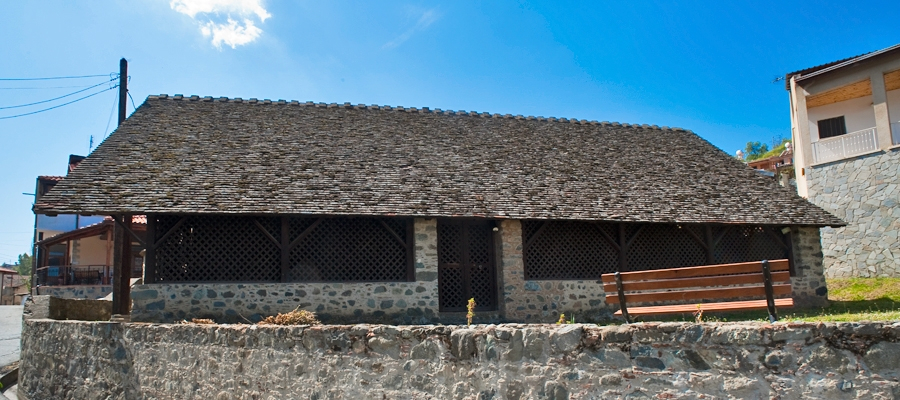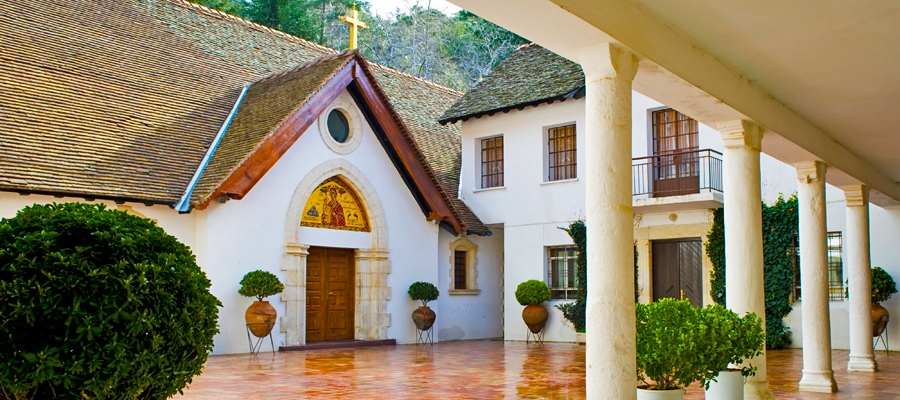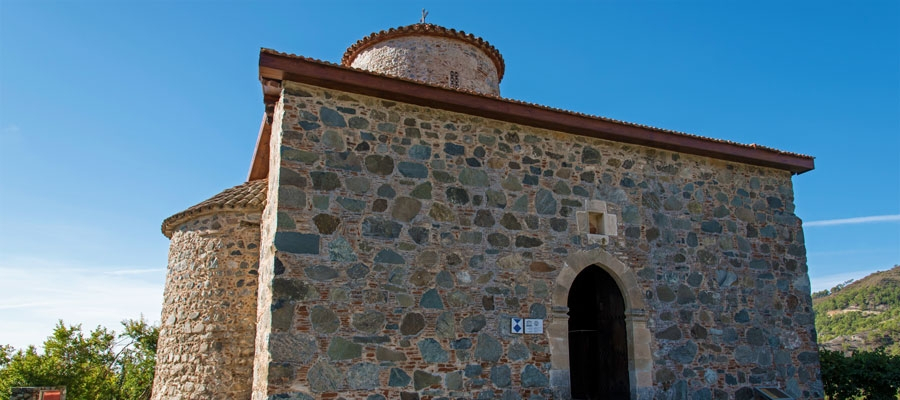Located on the south-eastern edge of the city of Lefkosia (Nicosia), Athalassa National Forest Park is an oasis of greenery set across an area of 840 hectares, with many endemic, indigenous and adventive trees, shrubs and herbs. Its network of trails – covering 20 kilometres – makes it a popular place for cycling, walking and dog walking (on a designated pathway).
The Botanical Gardens are open daily and are free of charge to visit, whilst the grounds of the park also incorporate a Visitor’s Centre that provides information about the environmental features of the park. A scale model replica of the park shows its basic natural features, vegetation and recreational facilities, whilst dioramas give three-dimensional representations of the area’s vegetation, birds, mammals and reptiles.
Geological samples, fossils and related objects are exhibited in a separate room, and visual material is used to present the local fauna and flora.
| Region: | Lefkosia |
| Address: | Leoforos Keryneias, 1, Aglantzia |
| Contact No: | Visitor Centre, Tel: +357 22 462 943 / +357 22 403 704 / +357 22 805 533 |
| Operating Hours: |
Monday – Friday: 07:30 – 15:30 Closed on weekends. |
| Operating Period: |
Visitor Centre: All year round. Closed on Public Holidays. |
| Entrance Fee: | Visitor Centre: Adults / children over 6, €1,00 / Children under 6, free. |
| Website: | www.moa.gov.cy |
| Opening and closing times as well as entrance fees, are subject to alterations without notice. Visitors are advised to check before visiting. |


